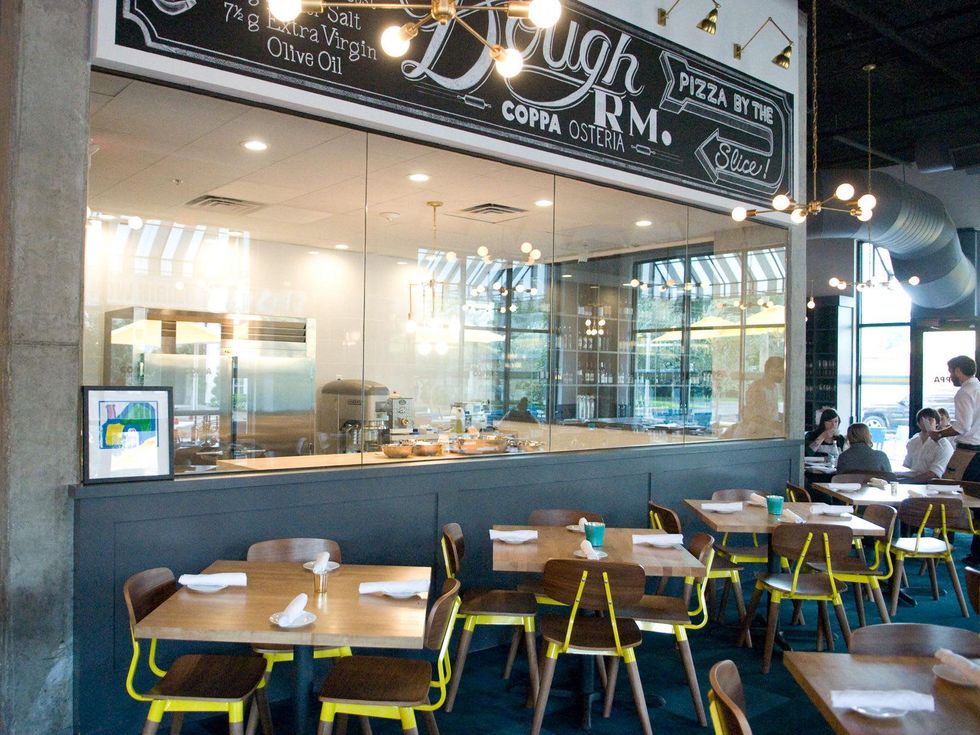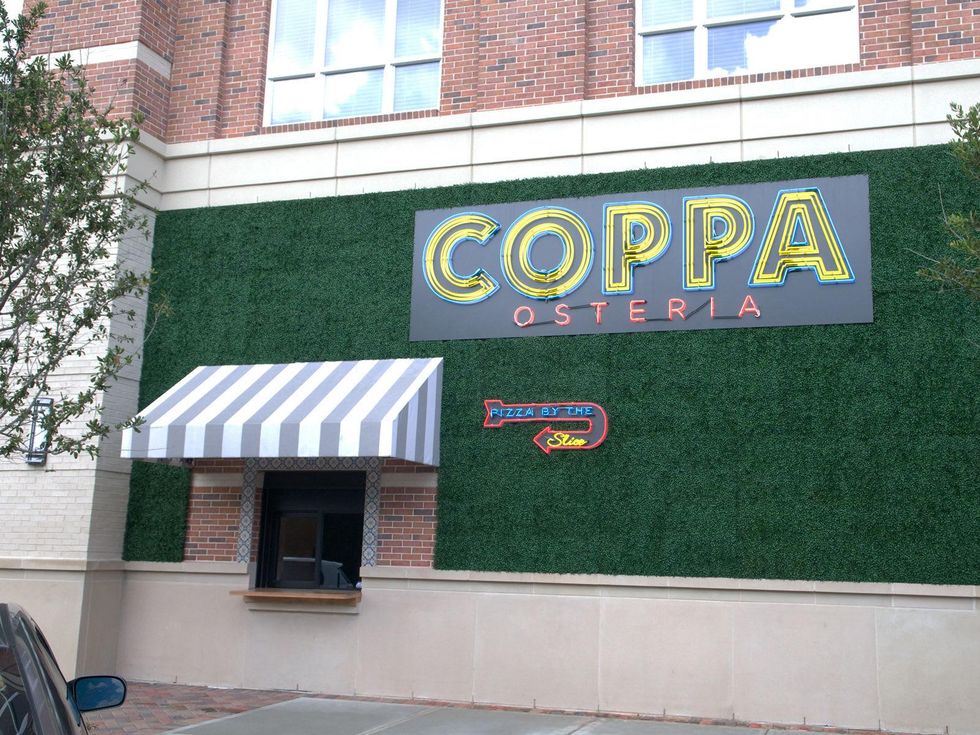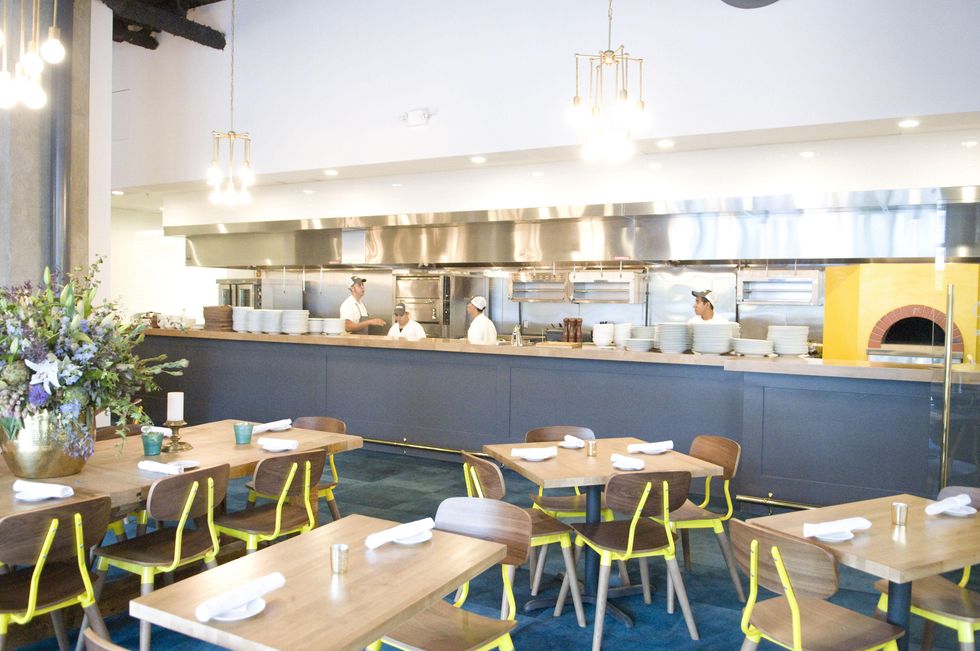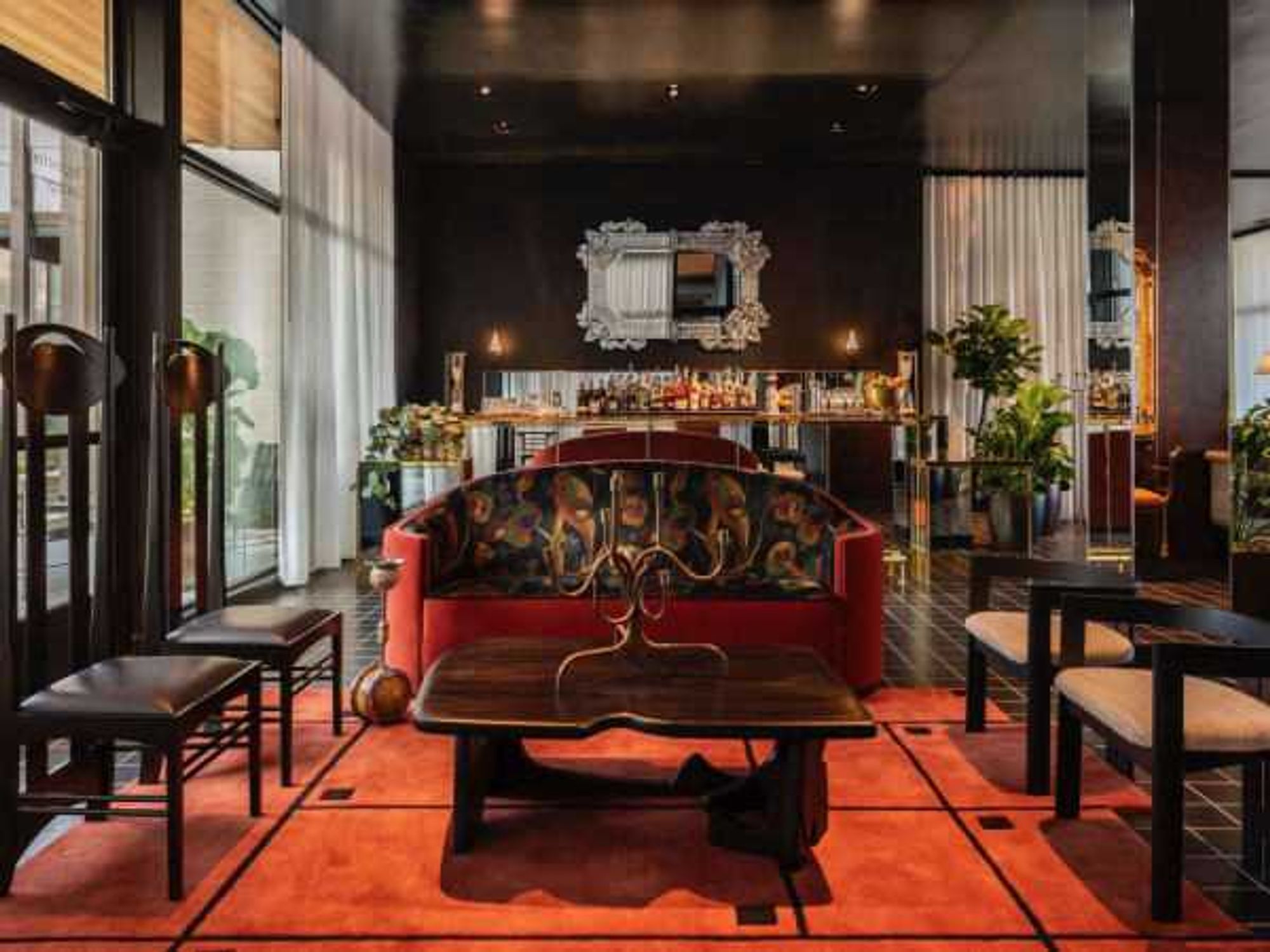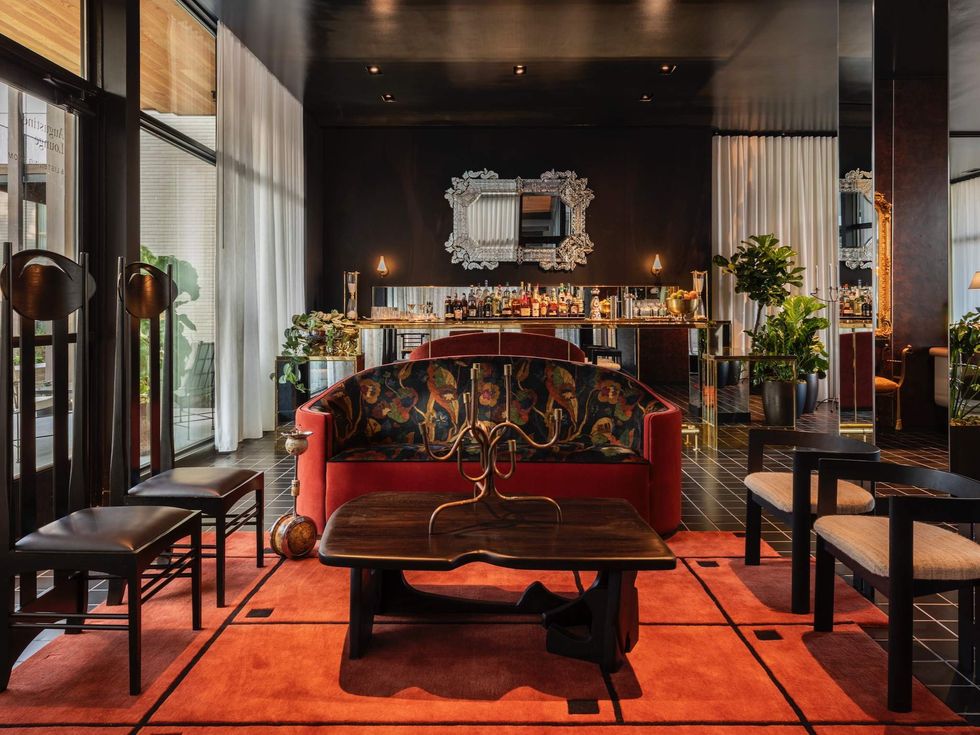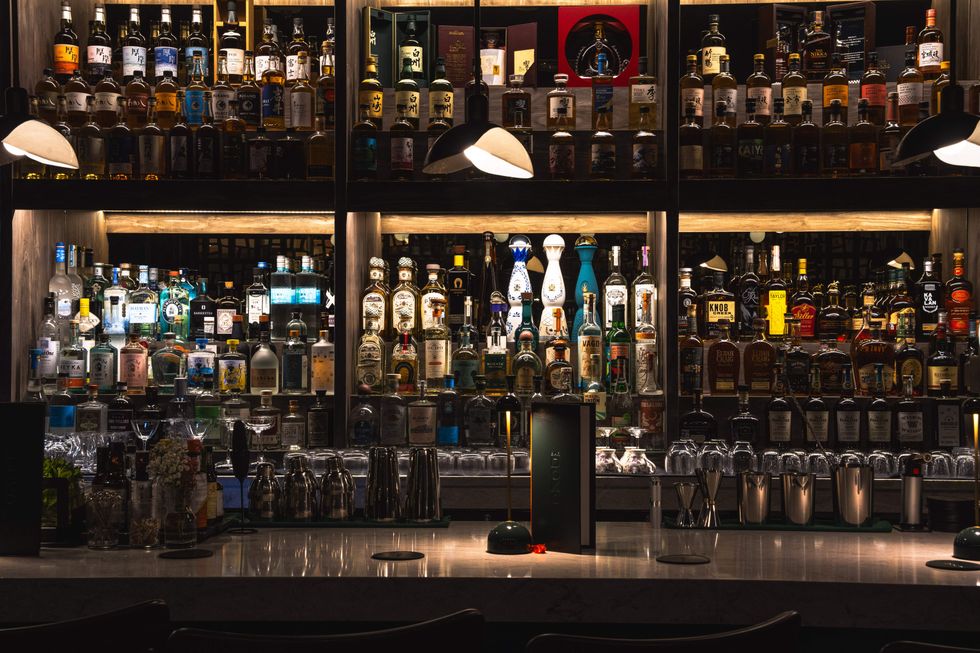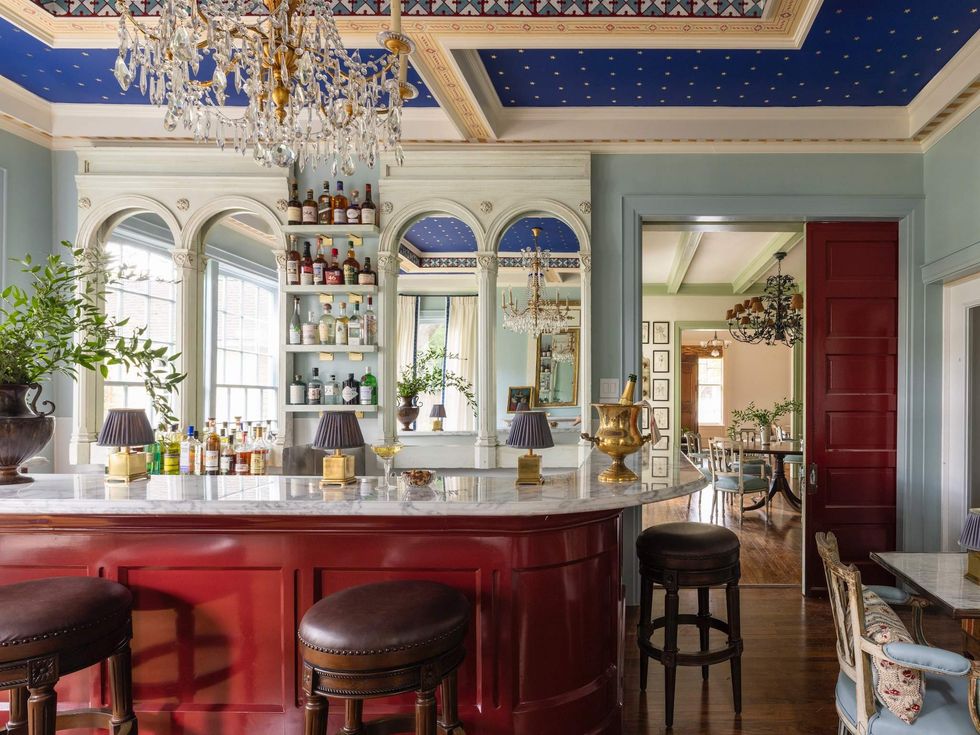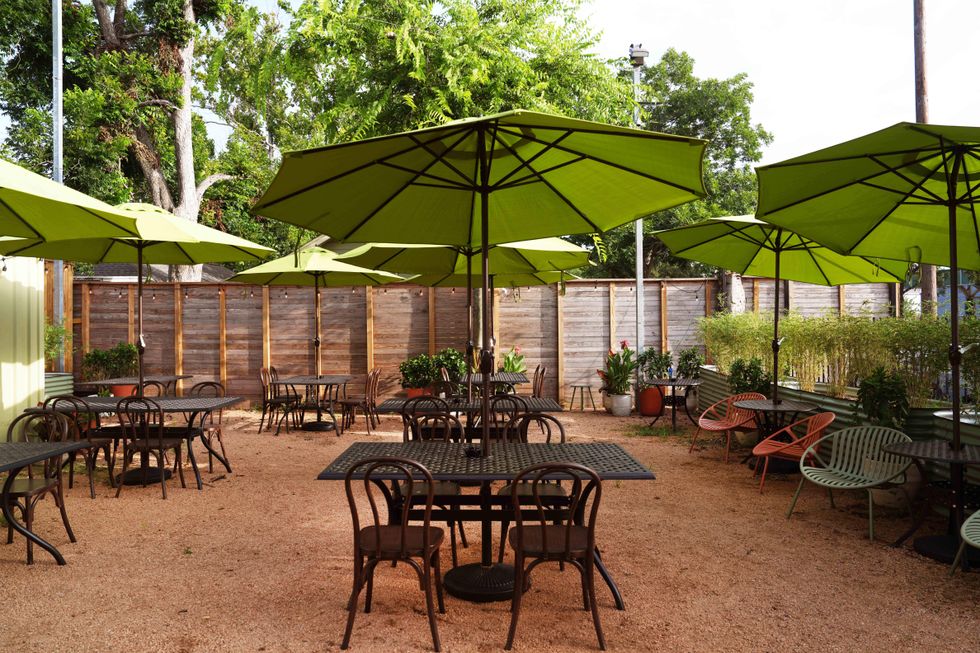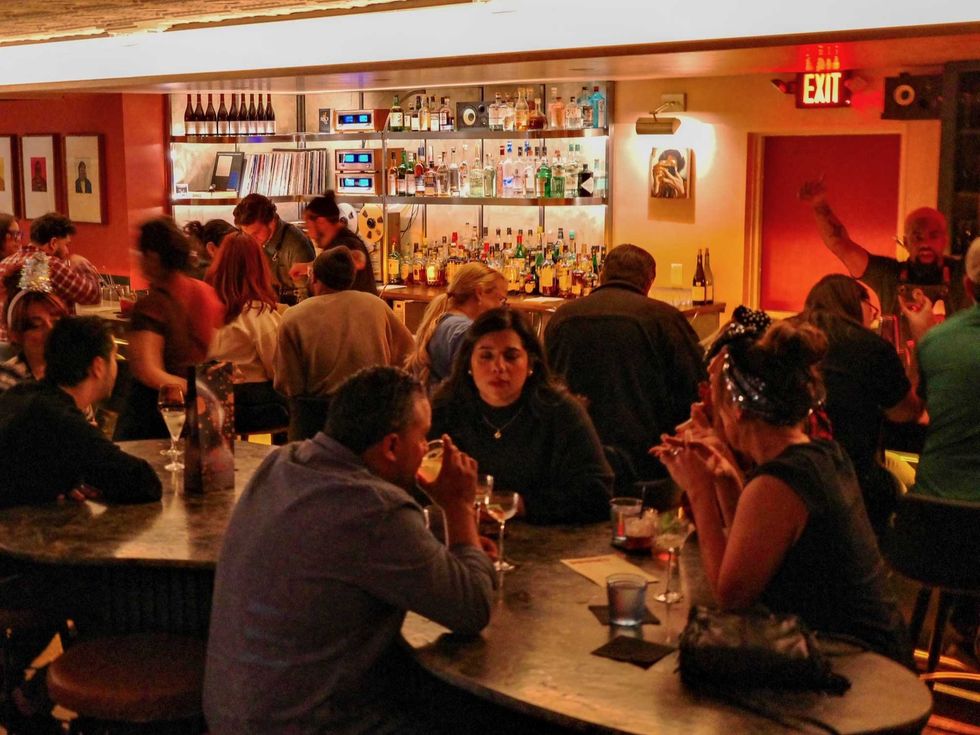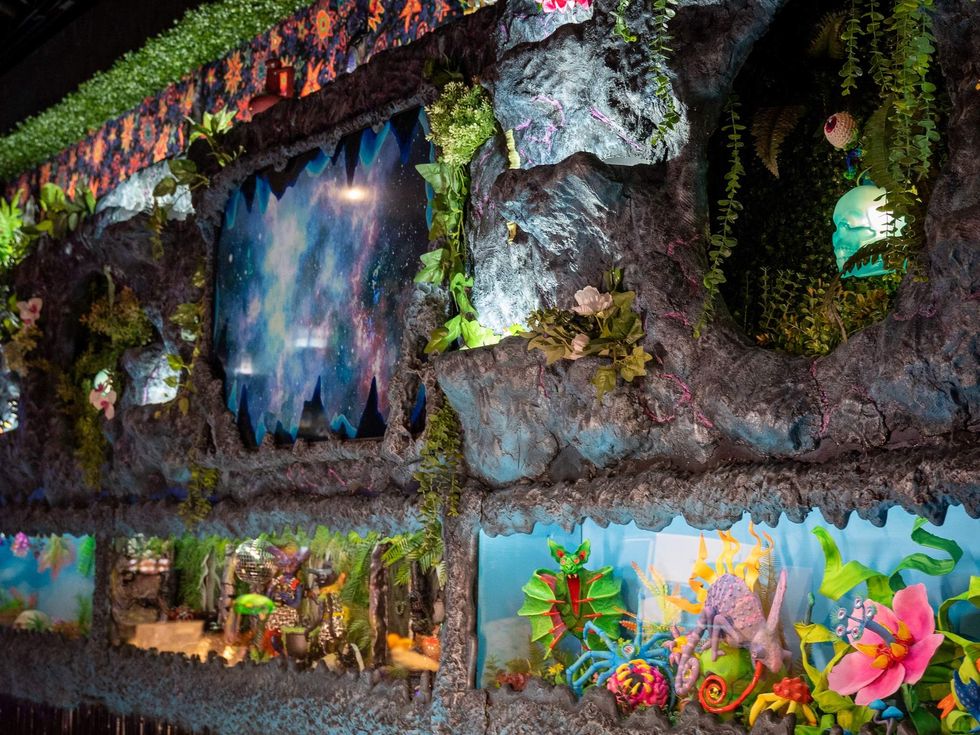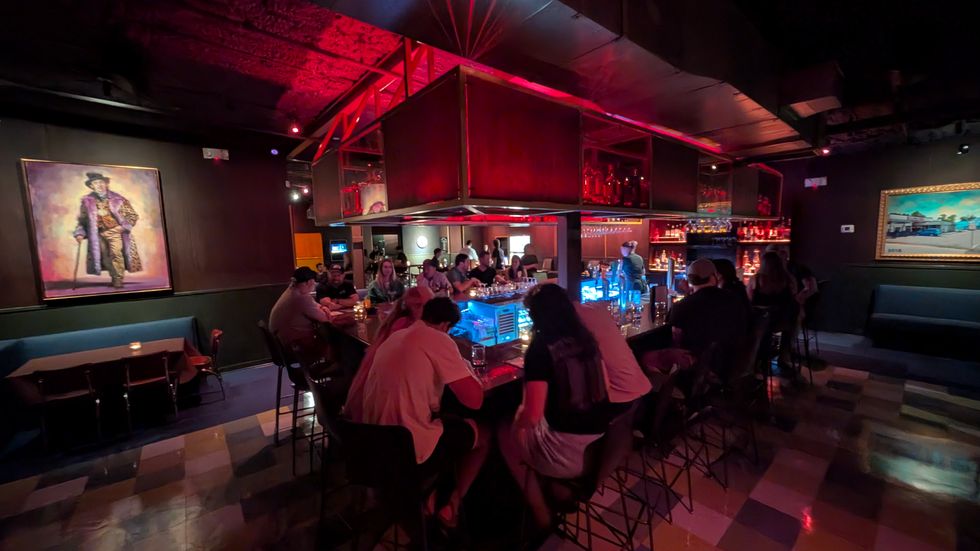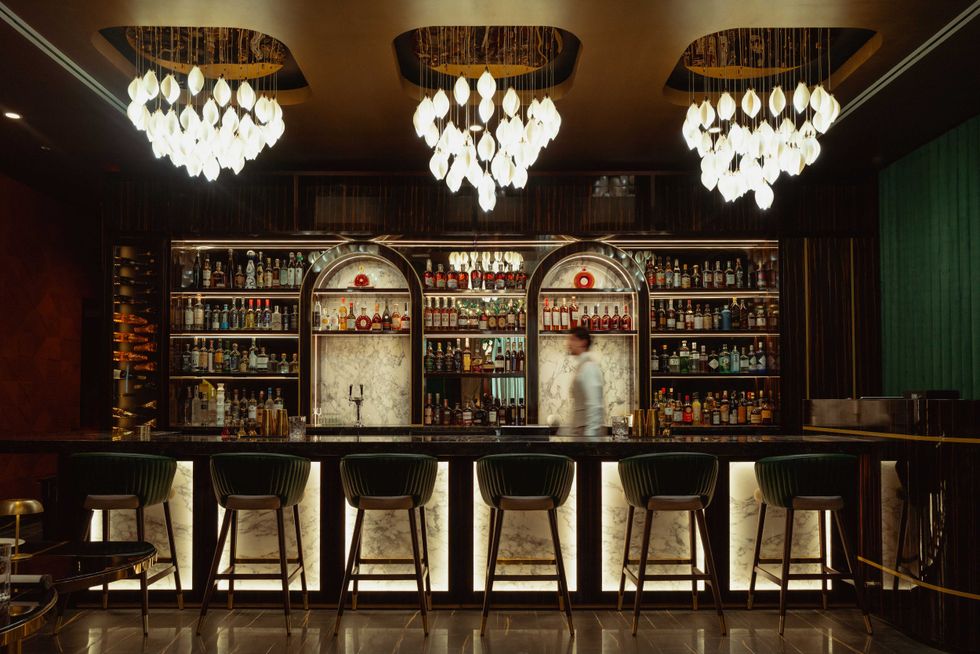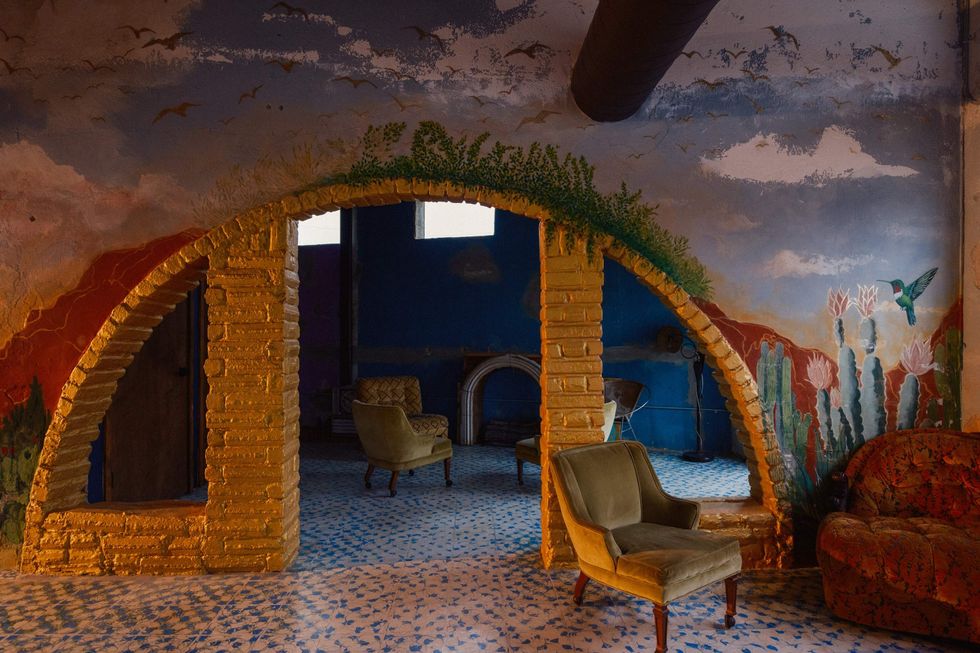The CultureMap Interview
The chef of Houston's new Italian restaurant empire reveals major, trend-avoiding, plans
There was some skepticism in Houston's food scene when Clark Cooper Concepts announced it would be replacing Catalan with an Italian restaurant named Coppa Ristorante. After all, chef Chris Shepherd turned Catalan into one of the city's best restaurants by beginning to explore the mix of ethnic influences and great, local ingredients that would become his signature at Underbelly.
Who was replacing him?
Brandi Key, a chef who owners Grant Cooper and Charles Clark plucked out of the Pappas organization. To run an Italian restaurant? Anyone who remembers Pappamia will be forgiven for expressing some skepticism.
"You make your pizza dough in house? Of course we make our pizza dough in house."
And yet, almost from the day it opened, Coppa Ristorante has been a hit. Key's confident cooking, particularly her housemade pastas, have won fans from both critics and diners. In a city with several high-profile Italian concepts, Coppa has managed to achieve something rare: A restaurant that's popular with both the see-and-be-seen crowd and people who prize food above all else.
Now comes Coppa Osteria, a more casual sibling in family-friendly Rice Village. After a splashy preview party last week, the restaurant opened Thursday on one corner of the new Hanover complex. Diners who already patronize the original will find that many of the items are familiar, along with the group's signature commitment to reasonably priced wine and tasty cocktails.
However, there are enough differences to establish Osteria as its own space.
CultureMap spoke to Key about the differences between Osteria and Ristorante, how the project came together and more.
CultureMap: How long ago did you start planning the second location?
Brandi Key: At least a year ago, probably, when we first stated to sit down and go through plans. The funny thing is Grant (Copper, Coppa co-owner) and I had actually talked about it in passing conversations when we were at Ristorante when it first opened. We felt like Coppa, the restaurant and brand itself, was something you could build on and make multiple units and locations out of.
"Once we get up and running, it’s going to be that place where, on Sunday nights you’re sitting in the house with the kids, and you’re, like, let’s go have lasagna at Coppa."
What are the other styles of dining in Italy? How can we look at this differently where we can keep this whole idea of what Coppa is but it can be its own entity? That’s where the whole idea of Coppa Osteria came through.
Whenever this particular property was starting to be built, we had a relationship with the guys, and there you go. You’re sitting down in front of plans and designing the space and the kitchen.
CM: What are the biggest differences between Osteria and Ristorante?
BK: Here, one of the things is having a sandwich program. I’ve got five different sandwiches that will be on the menu all day. The menu here is all day long, so 14 shifts, seven days a week, you’re going to have the choice to have whatever is on that menu all the time.
One of the other things is I’m going to do a piatto del giorno, basically a plate of the day. Once we get up and running, it’s going to be that place where, on Sunday nights you’re sitting in the house with the kids, and you’re, like, let’s go have lasagna at Coppa. We’ll do lasagna, chicken cacciatore, roasted whole fish.
"It’s just about making little pockets of environment where you can have a different experience."
We have the pizza by the slice window, which makes a very different statement as opposed to Coppa Ristorante. That will be a work in progress . . . It’s just a very walkable neighborhood. We wanted to capitalize on that and offer something that’s walkable, so let’s do pizza by the slice.
The pasta program here will be a little bit different. Basically, just the food itself. Not having the crazy ingredients. But we will do all of our pastas for the most part out of the dough room except the dried ones that I buy. We will get our pasta program here up to the same level it is at Ristorante where we’re making anywhere from nine to 12 pastas in house.
CM: How did you develop the idea for the dough room?
BK: One of the reasons why we liked this particular space in the entire area of the Hanover project is because where it’s located with the two corners and all the windows you literally get a snapshot of everything when you walk in the door. You get the bar, you get the open kitchen, you get the dough room, and you see this really beautiful dining room. It has that shotgun feel of being able to see everything at once. Looking at the space, one of the things that I proposed to Grant was why don’t we put a dough room right in the middle of the restaurant.
I think it’s something people are fascinated by. I’m always getting questions on how do you make your pasta, what kind of tools are you using, because we have such an extensive program.
You make your pizza dough in house? Of course we make our pizza dough in house. It’s really something I wanted people, as they were dining and eating, to see what we do and see how we do it. It’s only flour and water, but that flour and water is crazy.
CM: Will people be able to eat in there?
BK: It’s going to take us a good six months in this space to figure out volume. How many people we’re going to serve. (Where) the product mix as far as food is going to go. But ultimately what I want to be able to do is utilize the space for prep and then be able to use that space in a different way at night. To be able to offer some different options to people.
So ultimately the goal is sometime in January, February that we’re able to flip that room after we get done with prep and turn it into a private dining, chef table. There’ll be a set menu you can go through and have something a little bit more intimate.
The other thing that I’d like to do that will be a little more difficult is (to teach) some classes where I can have a pasta seminar, pizza seminar, being able to do something for kids. We always try to support kids. Not to say that this is a kid place, but I want kids to have an opportunity to come and see how we do stuff. I’ve got a whole Coppa kids crew at Ristorante that come in, that love the food.
They draw little pictures. We put them up on the wall. I’ve done private pizza baking classes for their birthdays, because they get so excited about, wow, I get to make this and eat it.
CM: How did the design come together? It certainly feels more casual than Ristorante.
BK: Julie McGarr is our designer. She’s really our go to and really understands Grant’s vision.
Grant has an amazing eye for details. The major decisions, the big things that are in this building are all coming out of his head. The fact that he really thinks about restaurants from the start to the finish. When you walk in the front door, seeing different things and different elements that make you say I want to sit at that table.
This building has all been started in his head, and then it becomes a conversation with him, myself, our designer, all the people that are required to take it from Point A to Point B.
Grant’s a huge fan of brass. All of the brass that’s in here is him. It’s classic. It’s timeless. It’s something that’s not ever going to go out of style. It’s one of those things when you’re building a restaurant, how do you make something that’s timeless? If you make something that’s trendy, five years from now you’re, like, that looks like crap.
This is all a product of Grant Cooper not sleeping at night and dreaming about the restaurant. You’ll see him; in the last two weeks, we’ve changed the floor; we’ve put different tables out and different elements that were not part of the plans because he sat at the corner table and said this needs to be a different table — it’s its own space.
It’s just about making little pockets of environment where you can have a different experience.
CM: How long do you have to get this place dialed in before you start working on Punk’s Simple Southern Food, the next restaurant from the Clark/Cooper Group?
BK: We’ll have enough time. Being next door to Punk’s helps. Being able to split my time between the two restaurants helps.
We also planned it for a way that we knew we would not start development on Punk’s until we got this place up and going. It’ll be several months before I really start getting involved in that. I’m going to need every single minute of that to make sure that this place is exactly where it needs to be.

